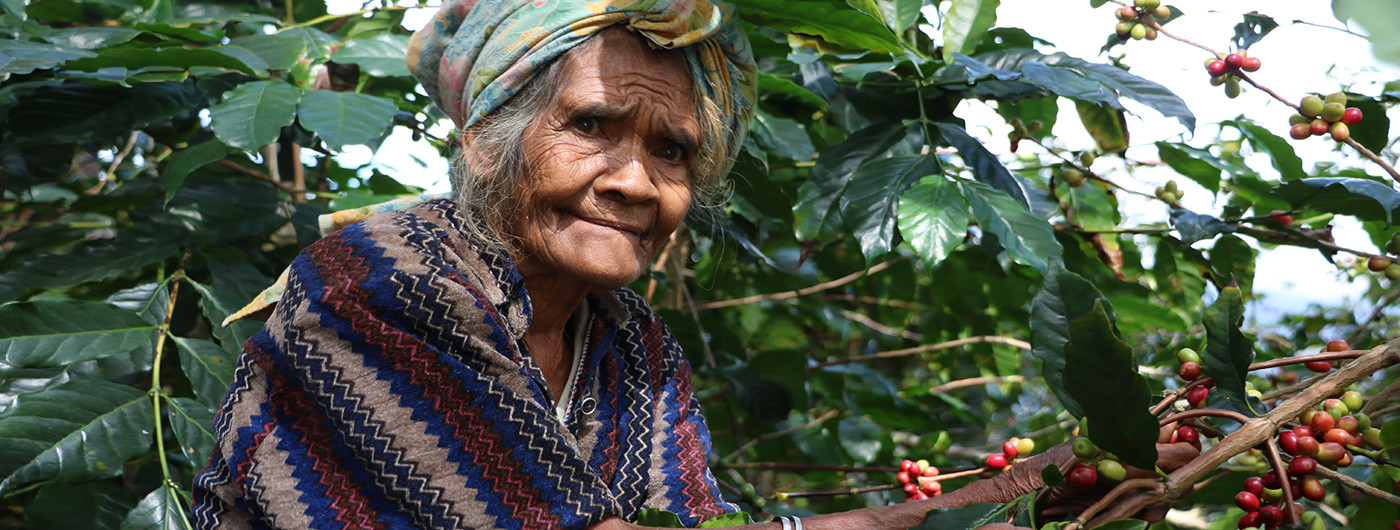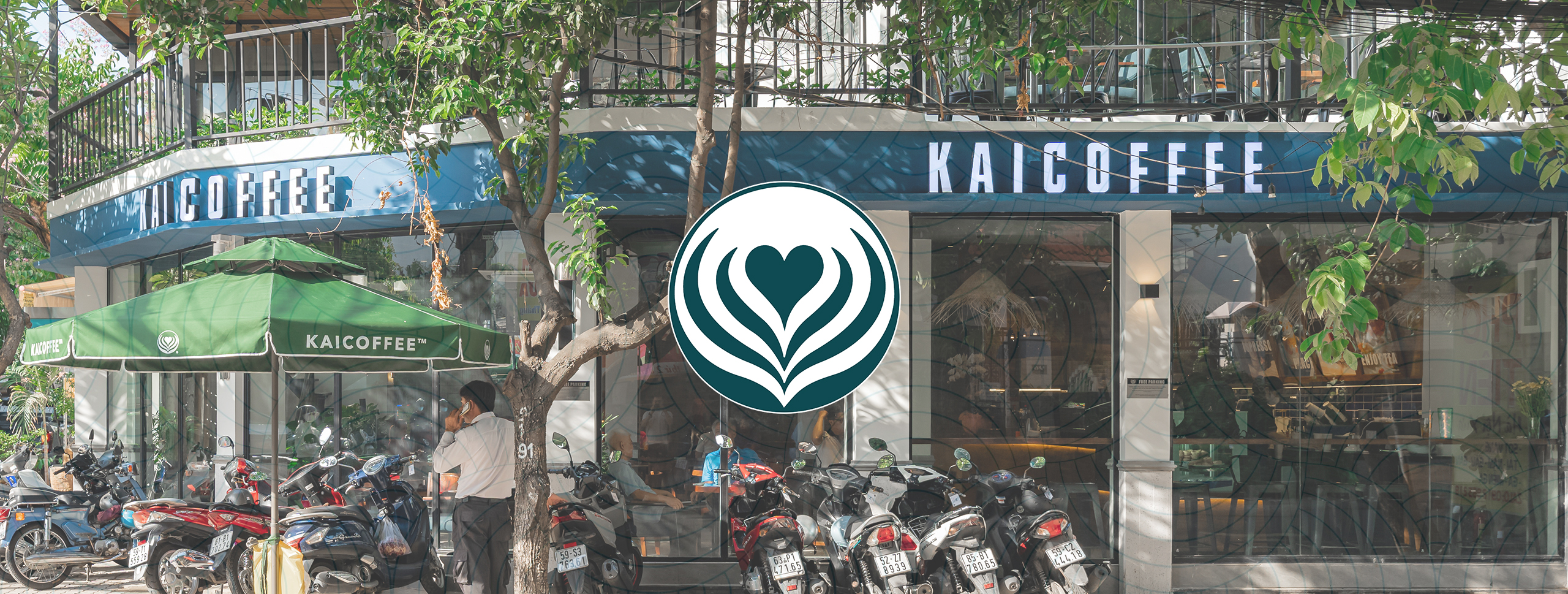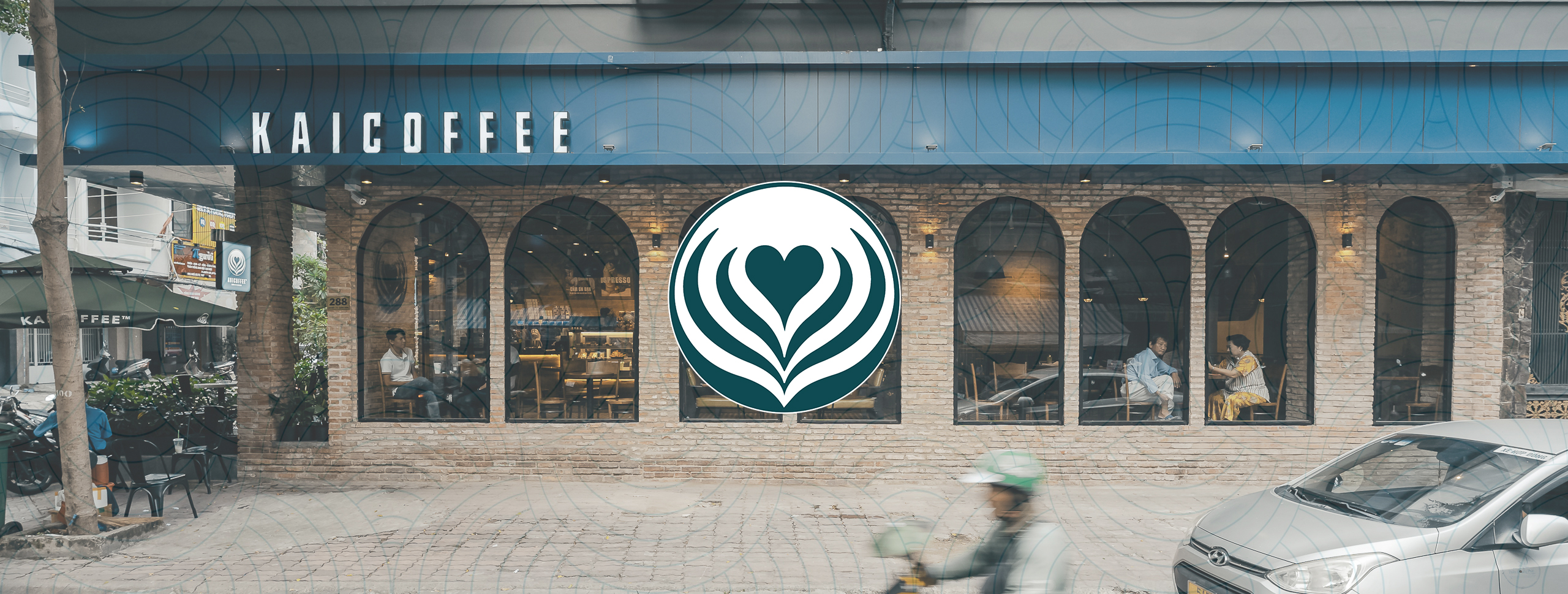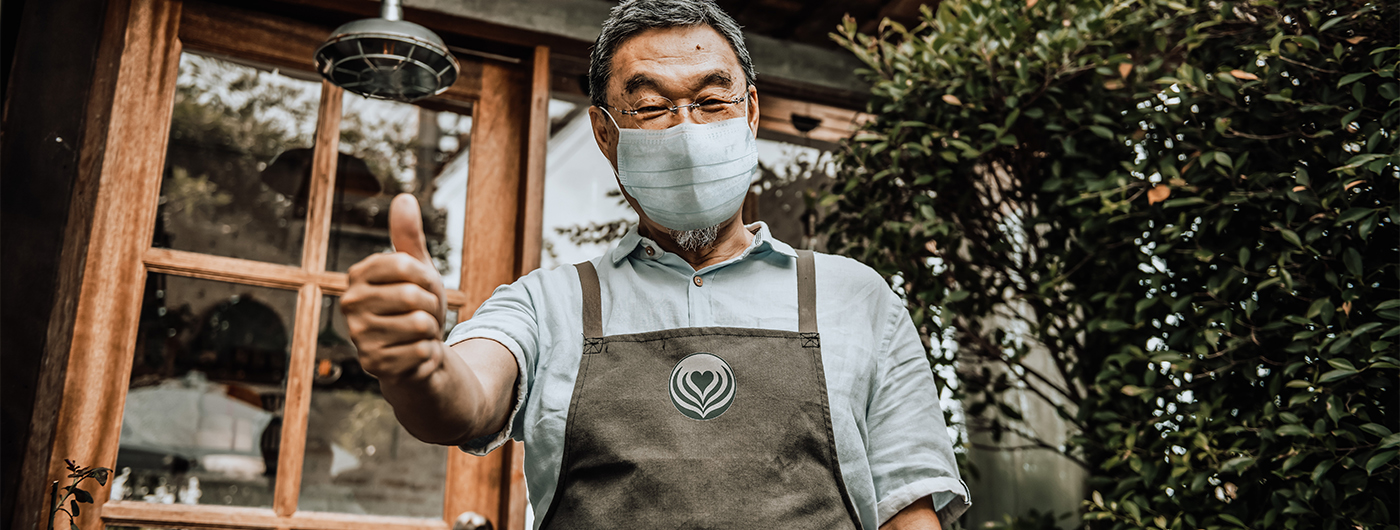

Coffee Spotlight: East Timor
Today, dozens of passionate, skilled people make up the teams responsible for sourcing, roasting and blending KAI coffee. But in the early days of the company, Dave Olsen essentially was the coffee department.
“I did everything that had anything to do with coffee. And I did much of it by myself because we were a very small company at the time,” Olsen said. “It was all about buying high-quality coffee, selecting it, roasting it, blending it, managing the quality of it.”
After joining Starbucks in 1986, Olsen oversaw the coffee program beginning in 1987. He went on to hold many other influential roles before retiring in 2013. The Research and Development department? Dave helped start and lead that. Creating our Corporate Social Responsibility department? That was Dave, too. Oh, and he’s the guy behind the quintessential Starbucks® Espresso Roast
During the late 80s and early 90s, one of his chief responsibilities was traveling the world and sourcing green coffee, the unroasted seeds of coffee cherries. At that time, high-quality coffee was still a bit of an anomaly in the industry, Olsen said.
“American buyers were assumed to care about one thing and that was price. Starbucks came along, and we cared about a lot more than how much does it cost? How good is it? How good could it be? How good an origin could this be for our future growth? [They] all factored in,” he said.

In 1994, amid years of conflict, a coffee industry in East Timor began to emerge. With help from NCBA and USAID, coffee farmers formed a co-op, Cooperativa Café Timor. The island nation—located about 400 miles off Australia’s northern coast—was still part of Indonesia at the time, several years away from declaring its independence in 2002.
Eager to spur growth, Sam Filiaci, a coffee supplier then based in East Timor, sent out hundreds of faxes to potential buyers. Many people were afraid to travel there during that time, according to Filiaci. However, Olsen was one of the first to respond to his inquiry.
Knowing Indonesia already supplied a significant amount of coffee, from Sulawesi to Sumatra, Olsen said it made sense to look beyond the traditional sources. Still, it was a risky move. He anticipated East Timor, also known as Timor-Leste, would be relatively underdeveloped when he visited. But he had no idea how underdeveloped it would turn out to be.
“The roads were terrible. The homes were very meager. The people had nothing. It’s not to say you didn’t see smiling faces and things like that. But it was deeply troubled, politically, economically, socially, every way you can imagine,” Olsen said.
In the end, Olsen said they didn’t even use much of that first batch. But it signified the beginning of an important relationship.
“It made me feel proud and humble and suddenly very responsible for continuing something in a place that needed help so desperately. And not just handouts, but opportunities to develop an economy of their own,” he said. “I don’t think I or we should dare to take all kinds of credit. But we definitely participated in a positive way at an important time in the history of that population.”
Since those modest beginnings in 1994, Starbucks has continued to source coffee from East Timor. Filiaci is still our exclusive supplier there, and he now supplies many Indonesian coffees to us, as well. Today, coffee plays a critical role in the nation’s economy and we buy the majority of its washed arabica production.
The quality of the coffee continues to improve and we’re highlighting East Timor coffee through special platforms, like Starbucks Reserve® East Timor Peaberry and Starbucks® East Timor Tatamailau, part of our Single Origin Series.
Our support of East Timor extends beyond sourcing coffee. We’re proud to play a role in improving access to health care in local communities. In collaboration with Cooperativa Café Timor, Starbucks has helped fund the construction of eight medical clinics, providing care to thousands of co-op members and their families.
Olsen says he’s grateful to Starbucks for letting him take a chance two decades ago and thankful for those who helped along the way.
“Whether it’s East Timor 20 years ago … or Eastern Congo today, I’ve gotten to be a part of watching, helping with the development of a coffee economy that, in turn, helps dozens, hundreds, thousands of people in communities in really poor parts of our world. So on that level, it does a great thing,” Olsen said. “Every morning, when a customer, me included, puts that cup to [their] lips, there’s a good thing in that, as well.”


